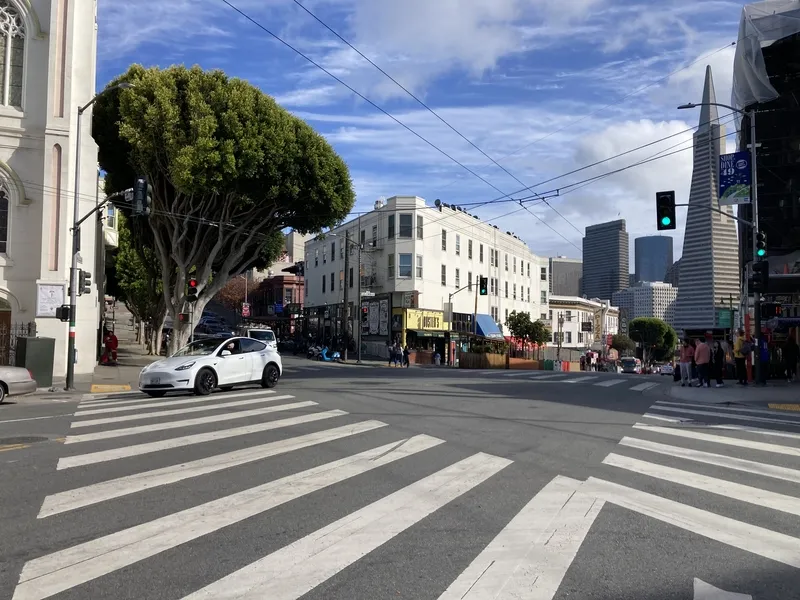The Arizona Department of Transportation (ADOT) is testing wrong-way vehicle detection devices next to off-ramps along Phoenix-area freeways as part of an ongoing research effort to reduce the risk of wrong-way crashes.
Three detectors, manufactured by Tapco have been installed along the northbound Interstate 17 exit to State Route 74, the eastbound Interstate 10 exit at Ray Road and the northbound Loop 101 off-ramp at Thunderbird Road. Two other detection devices, manufactured by Wavetronix, were instal
August 13, 2015
Read time: 2 mins
The 6576 Arizona Department of Transportation (ADOT) is testing wrong-way vehicle detection devices next to off-ramps along Phoenix-area freeways as part of an ongoing research effort to reduce the risk of wrong-way crashes.
Three detectors, manufactured by989 Tapco have been installed along the northbound Interstate 17 exit to State Route 74, the eastbound Interstate 10 exit at Ray Road and the northbound Loop 101 off-ramp at Thunderbird Road. Two other detection devices, manufactured by Wavetronix, were installed late last year along a pair of Loop 101 exit ramps in the West Valley.
The Tapco system includes radar and camera sensors designed to detect wrong-way vehicles on freeway exit ramps. When a vehicle is detected, the system activates blinking red LED lights on two ‘wrong way’ signs to try to warn the driver. During the testing stage, the system also is set up to send email messages with photos to notify ADOT staff and the Department of Public Safety that a wrong-way vehicle is detected.
The three locations where the system is being tested were selected based on previous research, including figures from the Department of Public Safety on 9-1-1 emergency calls reporting wrong-way vehicles.
The testing of these detectors is among several steps ADOT has taken in efforts to reduce the risk of crashes involving wrong-way drivers on state highways, including a study of wrong-way vehicle detection and warning systems, including a review of potential countermeasures.
Following a pilot project, more than 500 larger and lowered ‘wrong way’ and ‘do not enter’ signs have been installed along dozens of state highway off-ramps. In one project earlier this year, ADOT used approximately US$300,000 in available highway maintenance funding to manufacture and install larger signs, as well as pavement arrows, along approximately 90 off-ramps around the state.
Three detectors, manufactured by
The Tapco system includes radar and camera sensors designed to detect wrong-way vehicles on freeway exit ramps. When a vehicle is detected, the system activates blinking red LED lights on two ‘wrong way’ signs to try to warn the driver. During the testing stage, the system also is set up to send email messages with photos to notify ADOT staff and the Department of Public Safety that a wrong-way vehicle is detected.
The three locations where the system is being tested were selected based on previous research, including figures from the Department of Public Safety on 9-1-1 emergency calls reporting wrong-way vehicles.
The testing of these detectors is among several steps ADOT has taken in efforts to reduce the risk of crashes involving wrong-way drivers on state highways, including a study of wrong-way vehicle detection and warning systems, including a review of potential countermeasures.
Following a pilot project, more than 500 larger and lowered ‘wrong way’ and ‘do not enter’ signs have been installed along dozens of state highway off-ramps. In one project earlier this year, ADOT used approximately US$300,000 in available highway maintenance funding to manufacture and install larger signs, as well as pavement arrows, along approximately 90 off-ramps around the state.










